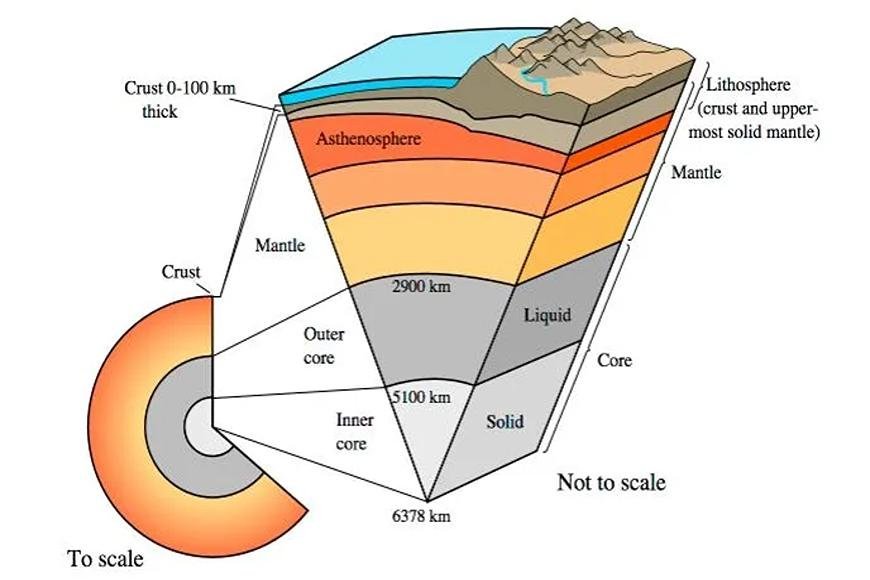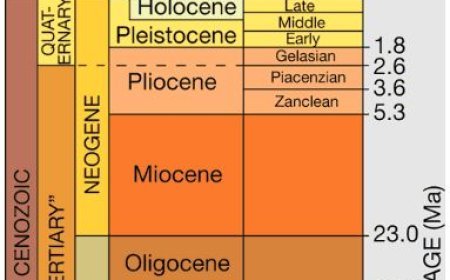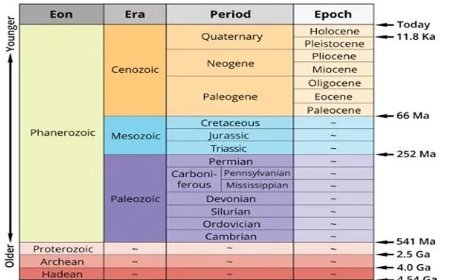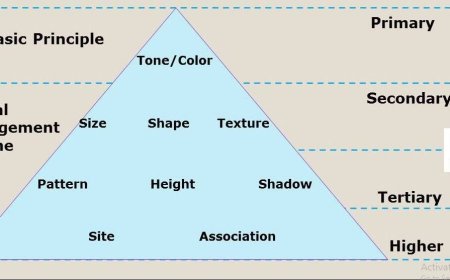PLATE TECTONICS
Plate tectonics: Earth's rocky shell fractures, glides, and collides, shaping continents and causing earthquakes and volcanoes.

Plate Tectonic Theory
- This theory about plate tectonics says that the Earth's top layers are made up of the lithosphere and the asthenosphere.
- People say that the two layers are different because of their different mechanical qualities and how they move heat.
- The asthenosphere is hotter and moves more freely than the lithosphere, which is cooler and more rigid.
- To move heat around, the lithosphere loses heat through conduction.
- The asthenosphere, on the other hand, also moves heat through convection and has a temperature difference that is almost adiabatic.
- We can say that this division doesn't need to be confused with the chemical division of these layers into the mantle, which includes both the asthenosphere and the mantle part of the lithosphere.
- The crust, which is thought to be a piece of the mantle, may also be part of the lithosphere.
- The main idea behind plates, which are called tectonic plates, is that the lithosphere (which usually appears as different tectonic plates) rides on the asthenosphere, which is a solid that is fluid-like and viscoelastic.
- The plate moves up and down at a normal rate of 10–40 mm/year. This is about the same rate at which toenails grow.
- The Nazca Plate moves at a rate of 160 mm/year, which is about the same rate at which hair grows.
Theory of Plate Tectonics
- Most people agree that the tectonic plates can move because the marine lithosphere is relatively dense and the asthenosphere is relatively weak.
- The marine lithosphere is made up of hills in the middle of the ocean that make new crust when it forms.
- It is less dense at first than the asthenosphere below, but it gets denser over time as it cools and hardens through conduction.
- As a result, we can say that the older lithosphere is more dense than the asthenosphere below it, which lets it sink into the deep mantle at subduction zones. This is what drives plate movement.
- The asthenosphere's weakness usually makes it easy for tectonic plates to move toward a collision zone.
Tectonic Plate Boundaries and Their Types
- The tectonic plate borders are the places where two or more tectonic plates meet or part ways.
- There are four types of plate boundaries, which are based on how the tectonic plates move in relation to each other.
Here are some of these different types of plate boundaries:
Divergent boundaries
- Two tectonic plates move away from each other, creating these types of borders.
- This creates more rivers and other large areas of water.
- The four edges make up a functional plate border.
Convergent Boundaries
- These kinds of boundaries are made when two plates crash into each other.
- The oceanic plate, which is heavy, moves below the continental plate, which is lighter. This creates a subduction zone.
- While the subduction zone is totally destroyed, there are times when two tectonic plates crash into each other.
- Out of the four types of plate borders, this one is the most damaging.
- Mountain ranges show up where these kinds of boundaries meet.
Transform Boundaries
- The earth's plates move laterally past each other as they roll or grind against each other in this type of landform.
- Depending on where you look, it can move to the left or right
What's Your Reaction?



































